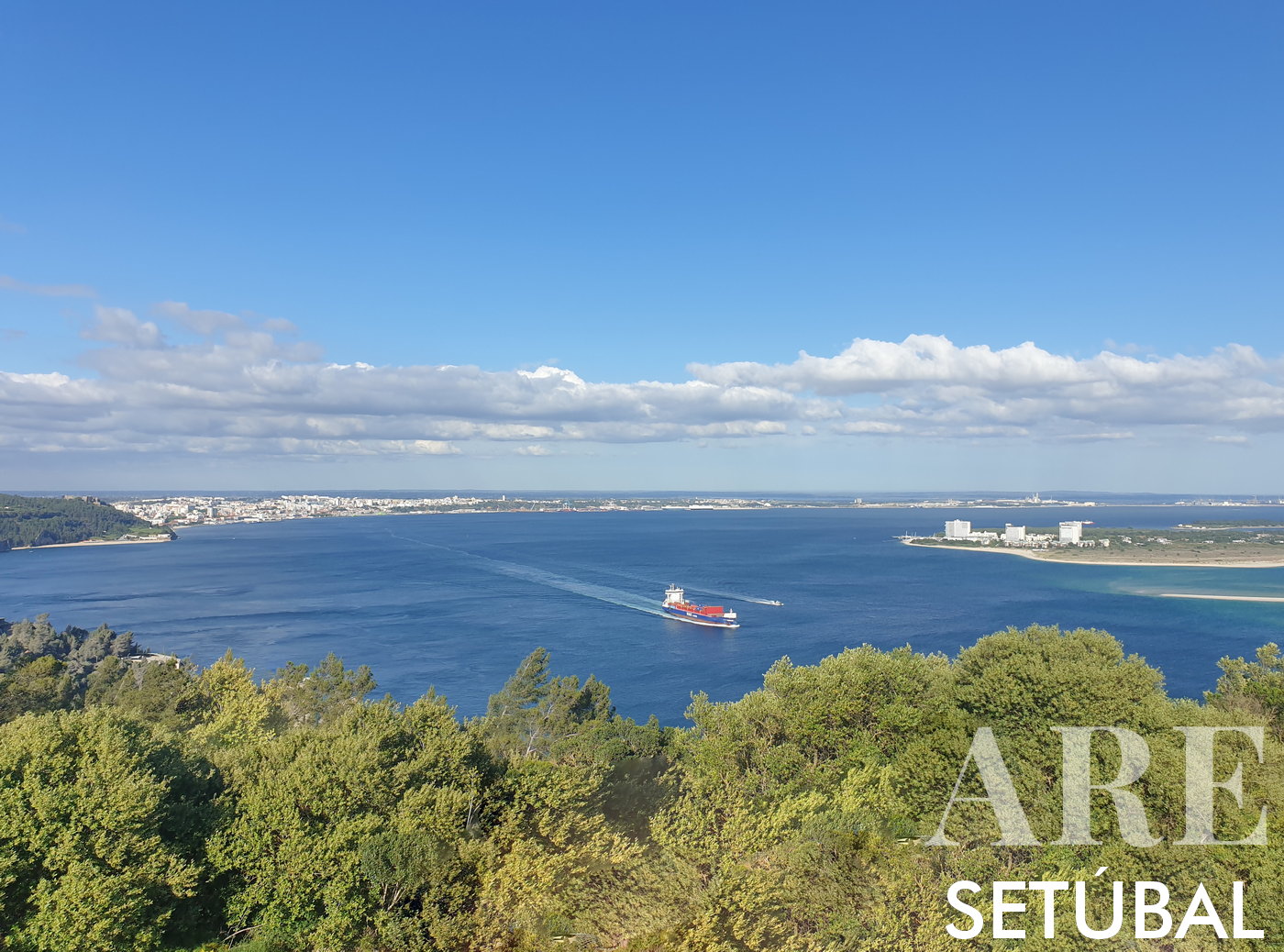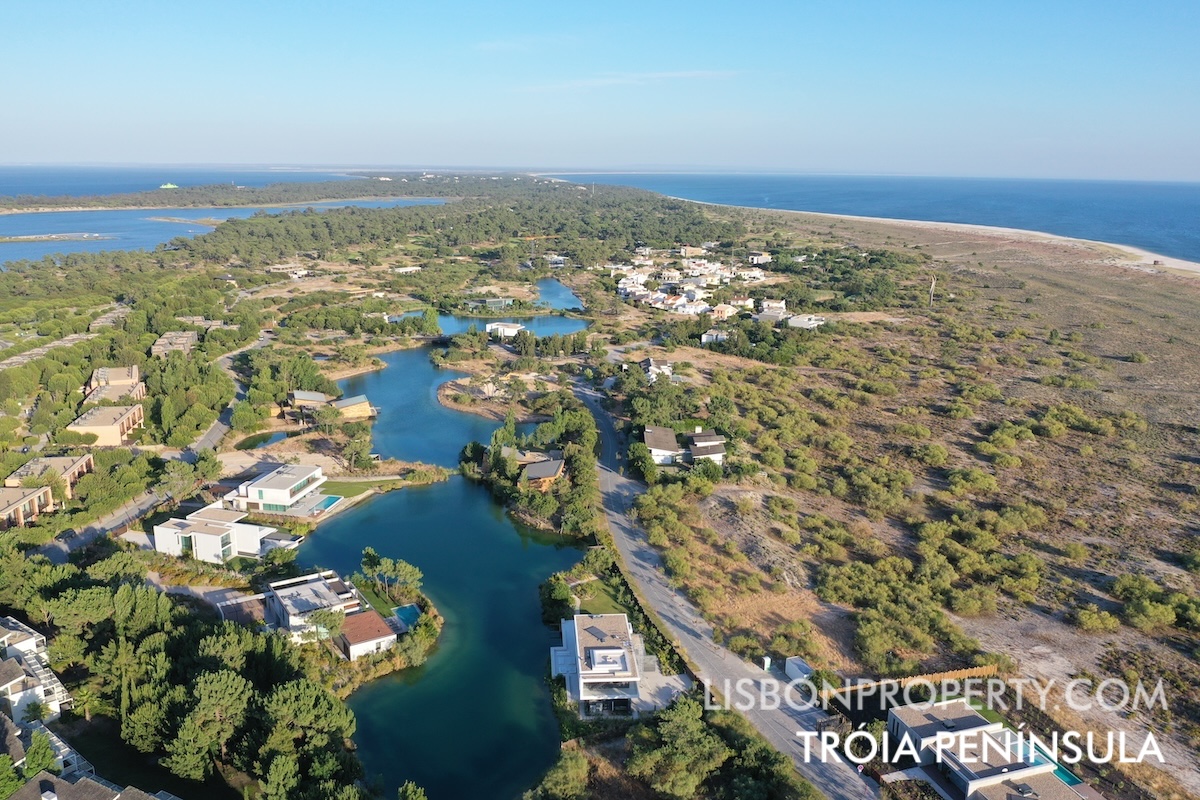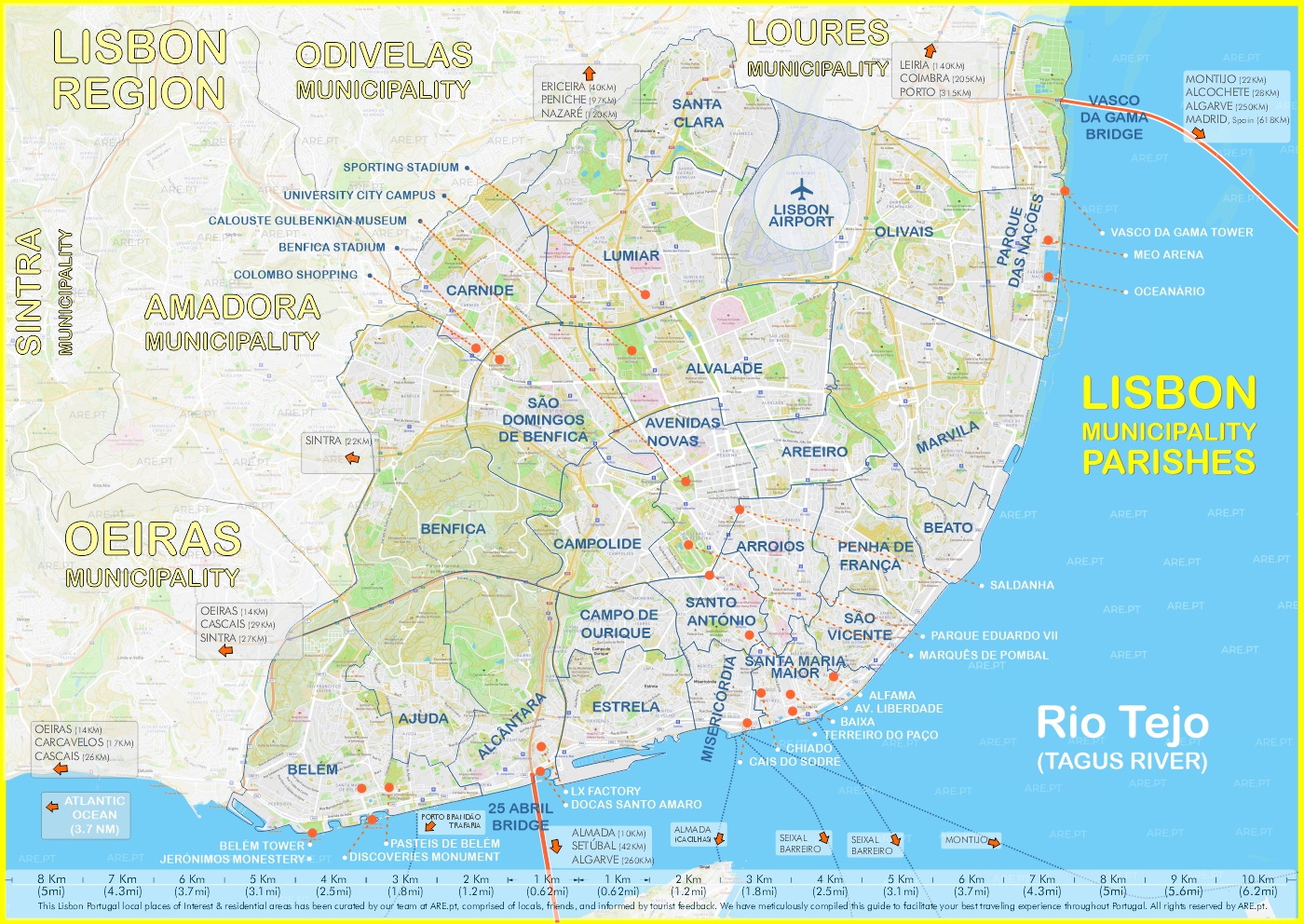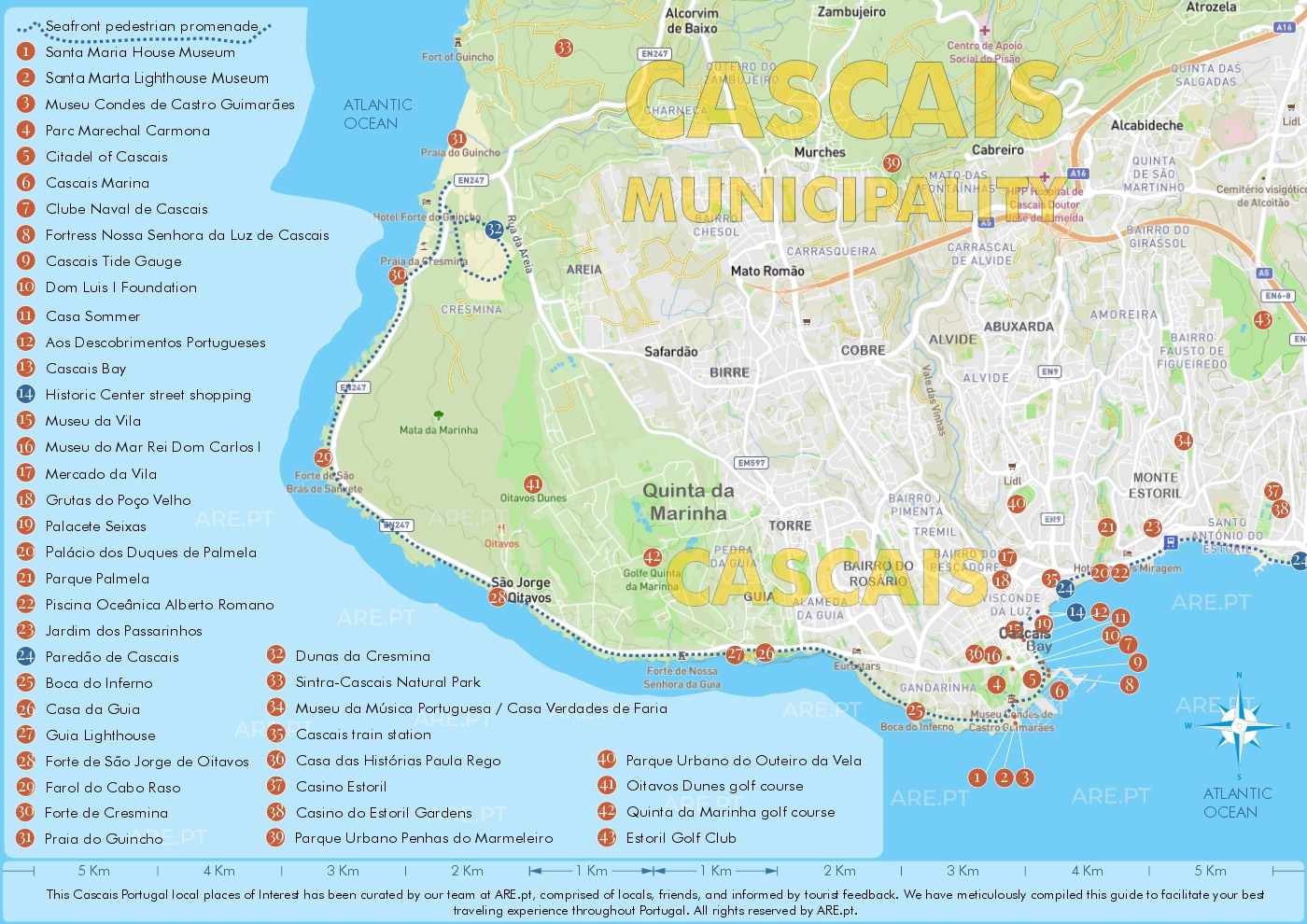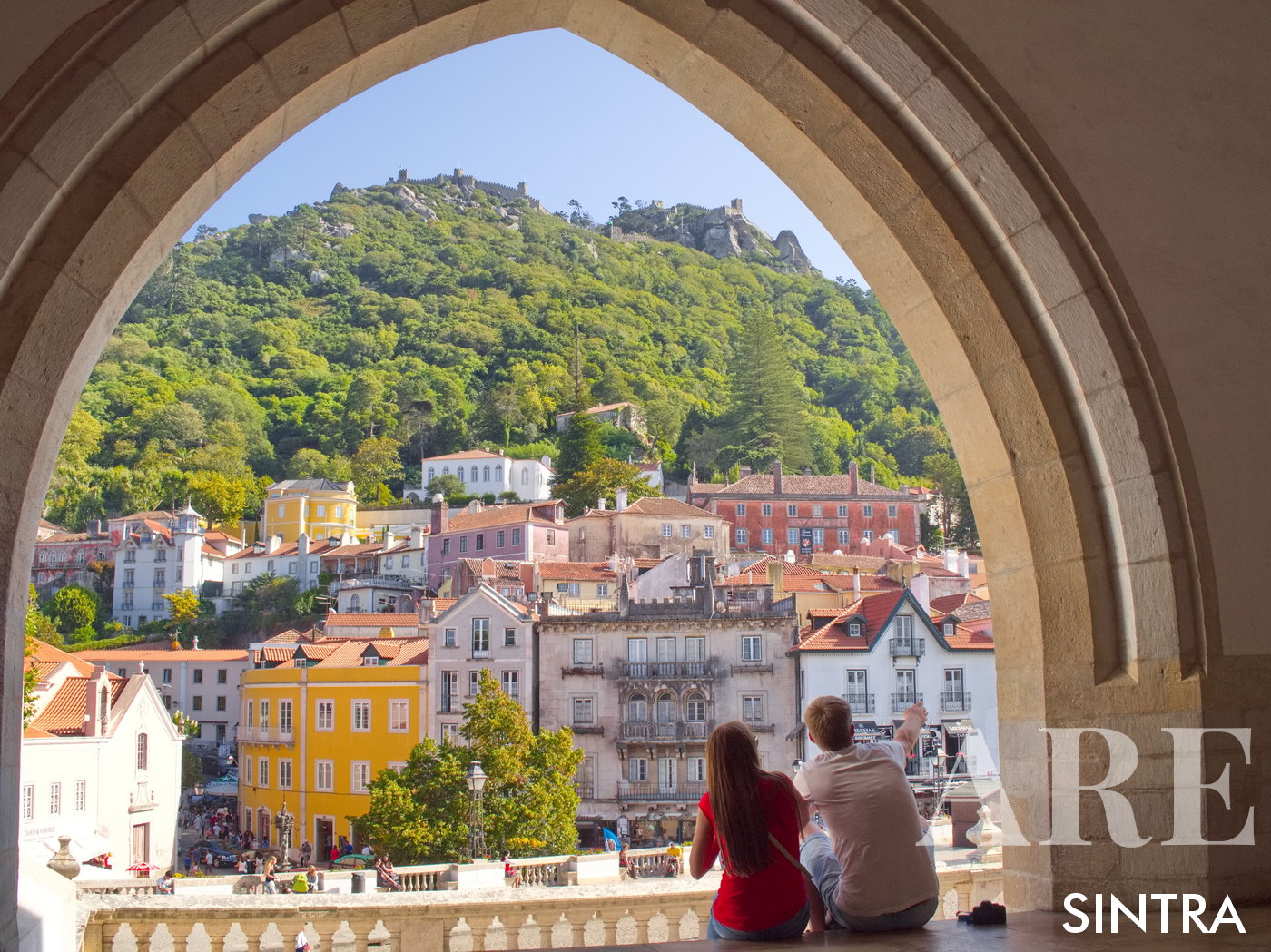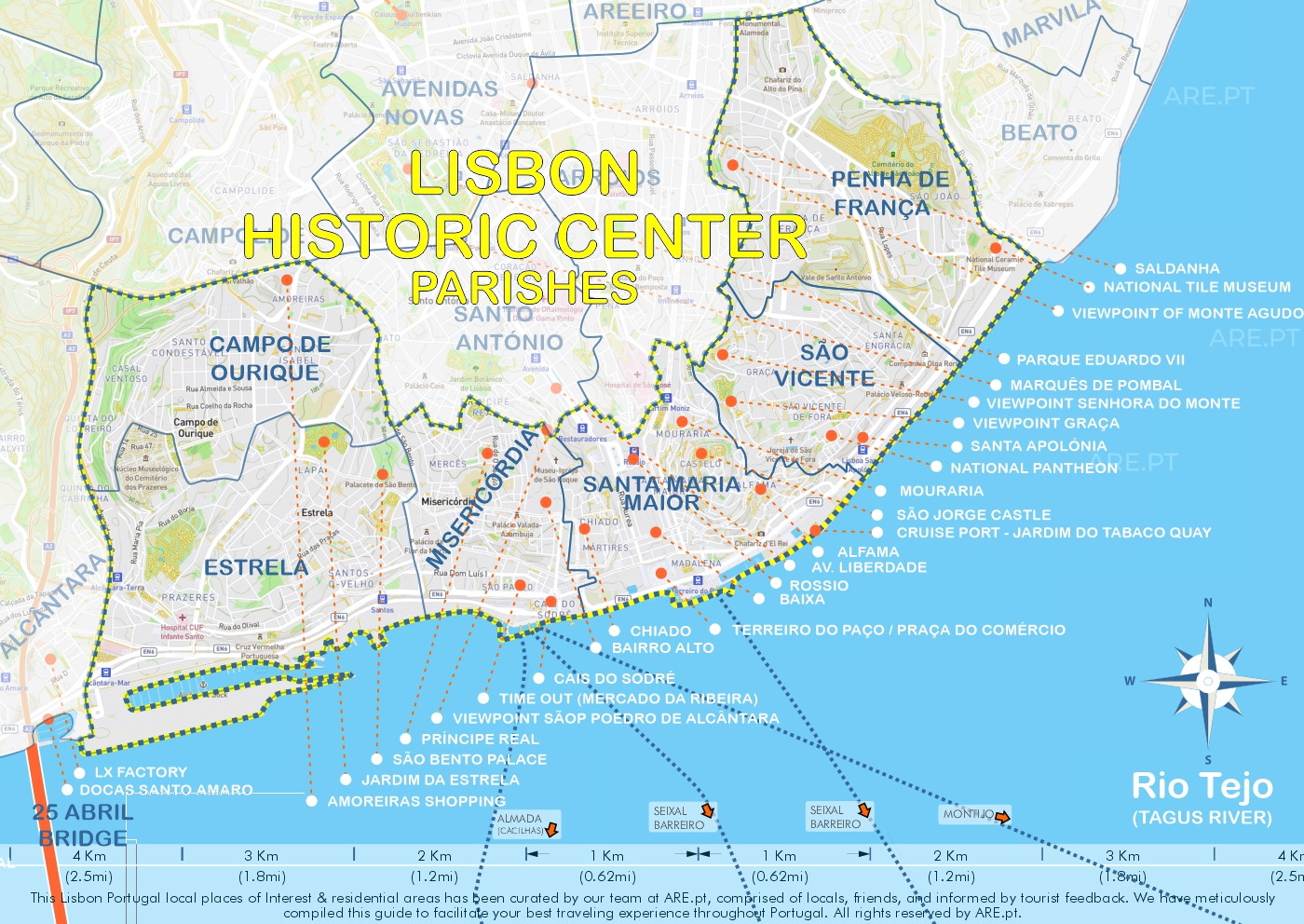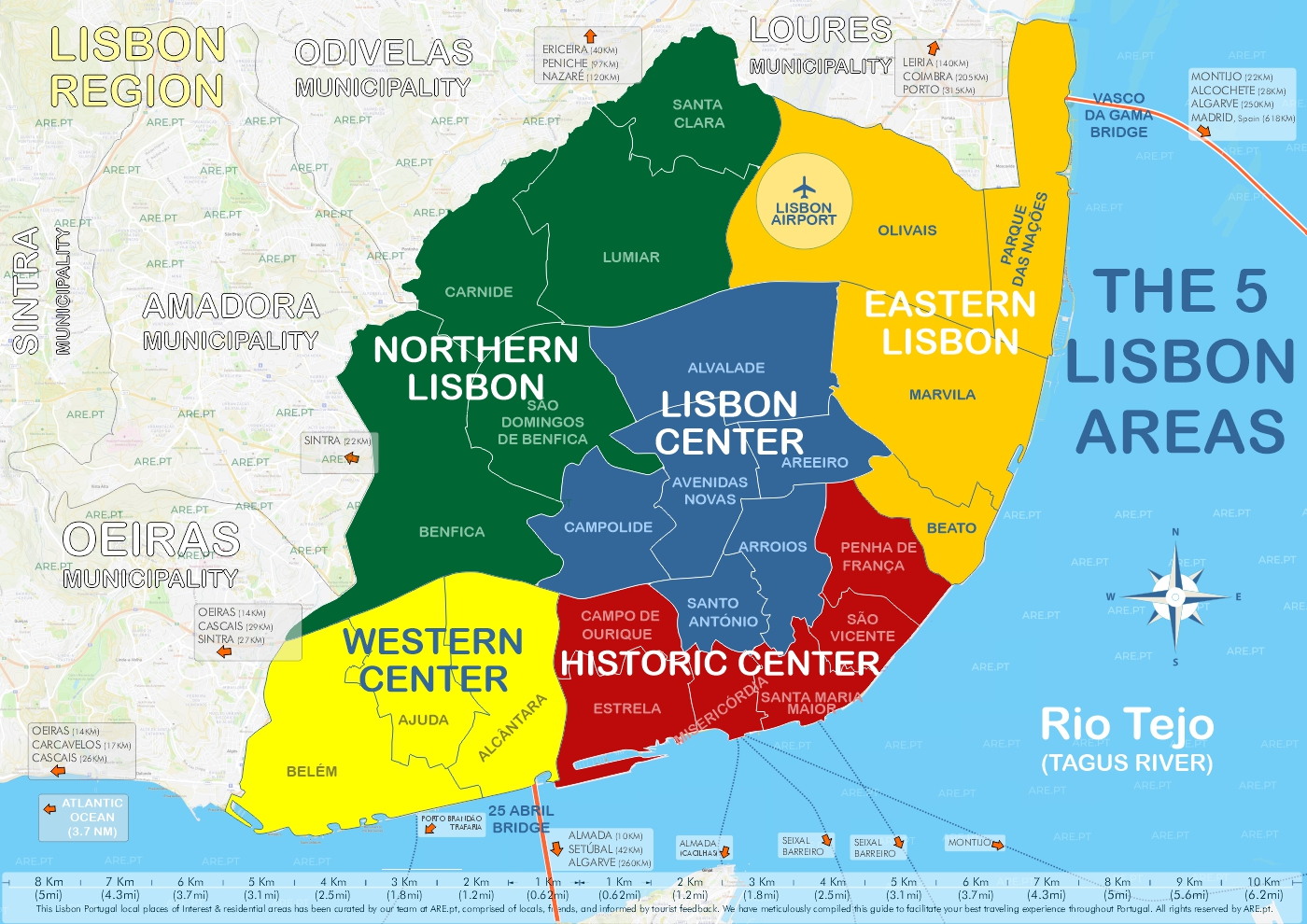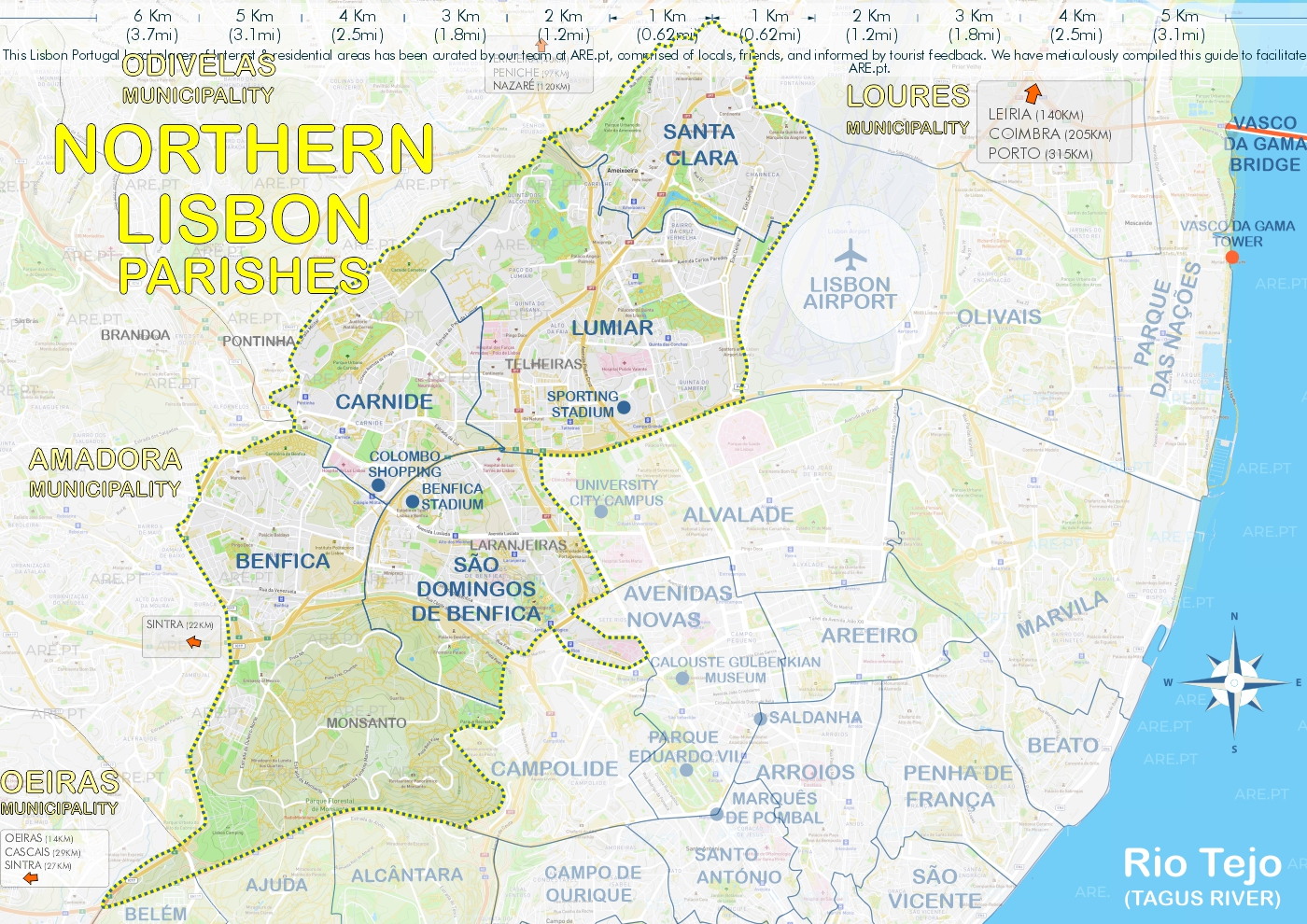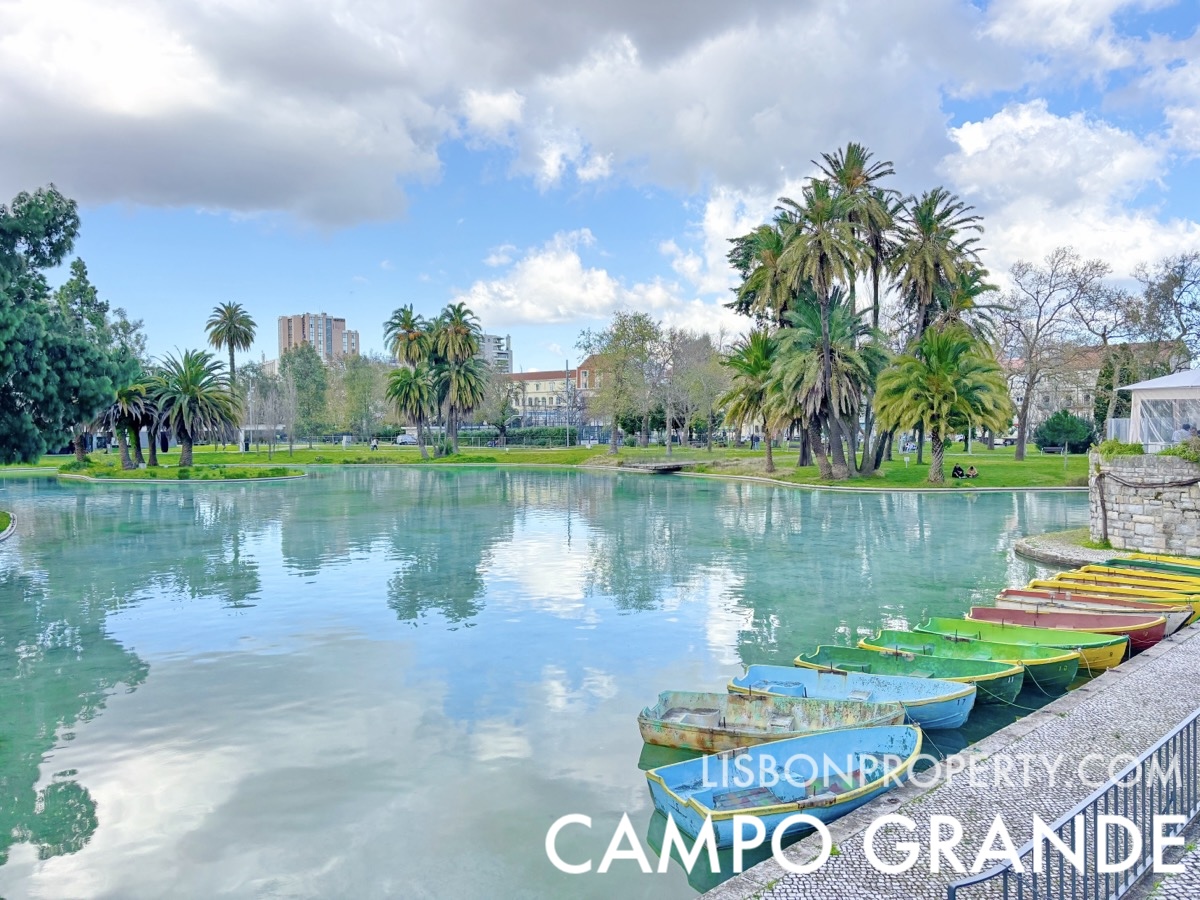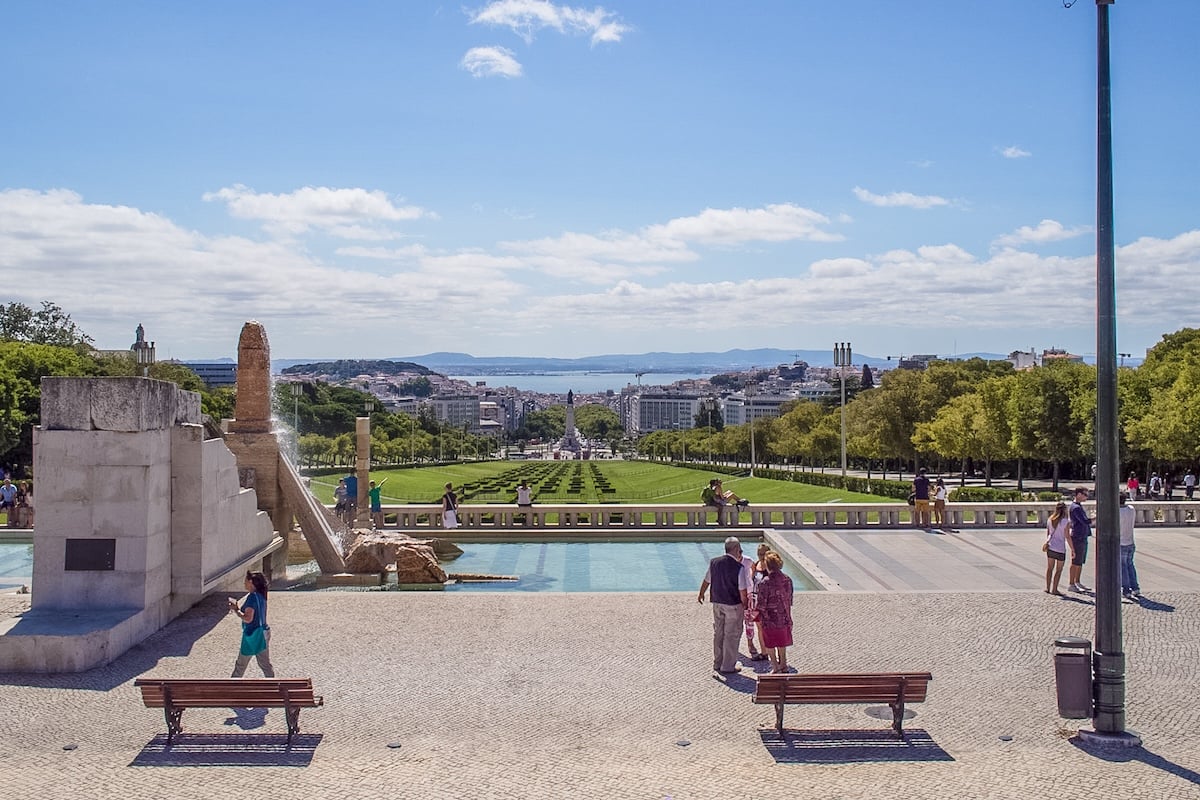Sesimbra village
Sesimbra is a town in Portugal with about 49 500 people. It is divided into three parishes: Castelo, Quinta do Conde, and Santiago. The town is in the Setúbal District, at the base of the Serra da Arrábida mountains. It is near the Setúbal Bay and the mouth of the Sado River, and it has a natural harbor that makes it an important fishing town.
Sesimbra is known for its beaches and fish restaurants. Both professional fishing and sport fishing, especially for swordfish, are important activities here.
A long time ago, the town was called Cempsibriga. This name comes from old Celtic words that mean “high place” or “fort.”
On a nearby hill, you can see the ruins of a Moorish castle. The castle is 240 meters above sea level. It was captured from the Moors in 1165 by King Afonso Henriques with the help of Frank Crusaders. From the castle, you can view the town, the harbor, and the surrounding countryside.
Sesimbra also has two forts from the 17th century. One is the Fortress of Saint James, located in the center of the town, which now has a museum about Sesimbra’s history as a fishing village. The other is the Fort of São Teodósio da Ponta do Cavalo.
During the Age of Discoveries, Sesimbra became an important seaport. Today, visitors can enjoy its beaches, fish restaurants, and the nearby Arrábida National Park. The town is also a popular place for diving. One well-known dive site is the wreck of the River Gurara, a Nigerian cargo ship that sank in 1989.
Sesimbra is also an important landing point for submarine communications cables, such as SAT-3/WASC and Atlantis-2, which help connect communications across the ocean.
One of the main points of interest corresponds to the Castelo de Sesimbra, a recovered medieval castle, located on the top of a cliff above the sea, a few kilometers from Cape Espichel, and whose original fortress dated from the 9th century. Inside the castle we find the Igreja de Santa Maria, originally dated from the 12th century and rebuilt in the 18th century, after its destruction with the Lisbon Earthquake, which stands out for the richness of the interior covered in 19th century tiles, with a single screen ceiling that represents the coronation of the Virgin.
Although more recent, dating from the 17th century, the Fortaleza de Santiago de Sesimbra is another of the regional landmarks, having been built for defensive purposes in the face of maritime threats, which currently serves as a cultural space with different events. In the vicinity of the fortress, we can see the beauty of urban beaches of Ouro and California classified as blue flag, the first of which, with its sand and clear waters, is limited to the east by the Santiago fortress, and the second most family-oriented, is located east of Sesimbra Bay.
A few minutes from these beaches, we can find the Marina of Sesimbra, another emblematic place that is an ex-libris of the locality, which serves for the docking of recreational boats and was born from the commitment of the Clube Naval de Sesimbra, based there.
Walking a few minutes from the Marina, you will also find the Fort of São Teodósio da Ponta do Cavalo, a 17th century monument that served defensive purposes and which includes the Lighthouse of Forte do Cavalo, built in the 19th century . The Parque Municipal de Campismo Forte do Cavalo also located near the Marina of Sesimbra and these monuments.
Beaches west of Sesimbra
- The beaches of Sesimbra are recognized for their natural beauty and, as we advance westwards, towards Cabo Espichel, we will find a coastline on which there are countless beaches, mostly wild and with challenging access . One of the most emblematic beaches on this path is the
- Praia do Ribeiro do Cavalo, located in the vicinity of Cabo Espichel and which still carries a wild and natural inclination, being the easiest access by boat. Nearby, advancing in the west direction, we find two other beaches that are characterized by the complex accesses and by the natural beauty of the rocky escarpments that surround them:
- the Praia da Mijona and Praia do Inferno standing out, in the latter, the magnificent natural structures formed in ocean rocks. Continuing towards the west, we will come across
- Praia de Vale Covo, a small cove of great natural beauty,
- Praia de Cramesines with its sand at the bottom of a steep slope and
- Praia da Baleeira, the first beach integrated in the Cabo Espichel area and where we can see the ruins of Forte de São Domingos da Baralha, a stone fortress, fully integrated into the natural and rocky surroundings, which occupies a prominent position on the Bay of Baleeira, built in the 17th century for the protection of the coastal coast.
Cabo Espichel
Cabo Espichel is the most westerly point on the coast of Sesimbra, in the district of Setúbal and stands out for the natural beauty of the oceanic landscape, and for integrating a high-value historical-religious ensemble, in which it includes the Cabo Espichel Lighthouse, the Sanctuary of Nossa Senhora do Cabo Espichel, the Ermida da Memória and the Casa da Água.
- The Cabo Espichel Lighthouse is one of the oldest lighthouses in Portugal, having been built in the 18th century for coastal protection of the region under the command of the Marquis of Pombal. It stands out from the top of the 32-meter tower, with one of the most beautiful panoramic views of the region.
- The Sanctuary of Nossa Senhora do Cabo Espichel is a religious monument from the 14th century, perfectly framed in a natural environment, built to keep an image of Our Lady found in the region.
- Next to this, we find the Ermida da Memória, a small temple located near the escarpment, which stands out for its curved dome and white facade, inside which we find high-value 19th century tiles.
The Casa da Água (18th century) also in this place, historically served to supply water to pilgrims. A few minutes, north of Cabo Espichel, we find the Natural Monument of Pedra da Mua (or Natural Monument of Lagosteiros), a place of paleontological interest, framed in a natural cliff and where there are traces of dinosaur footprints. This place limits the natural beach of Lagosteiros, relatively close to the fine sand tongue that constitutes the beach of Areia do Mastro. To the north of these beaches, we can also find the stony
- Praia do Rebenta Bois, a beach with a sand in the shape of a shell, integrated in a small cove and with rough waters, as well as
- the Praia da Foz, a beach more collected, much sought after by surfers in the months of greatest sea turmoil.

